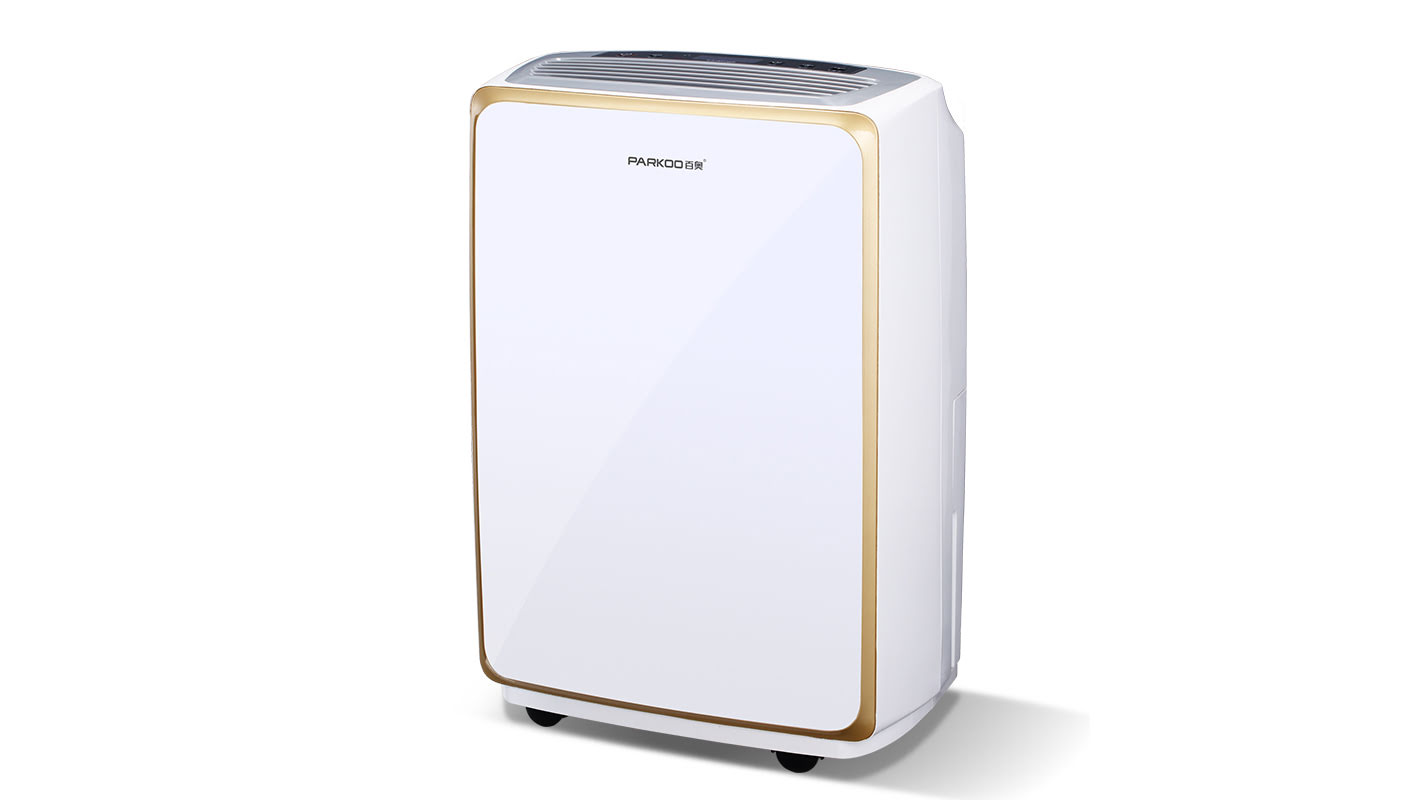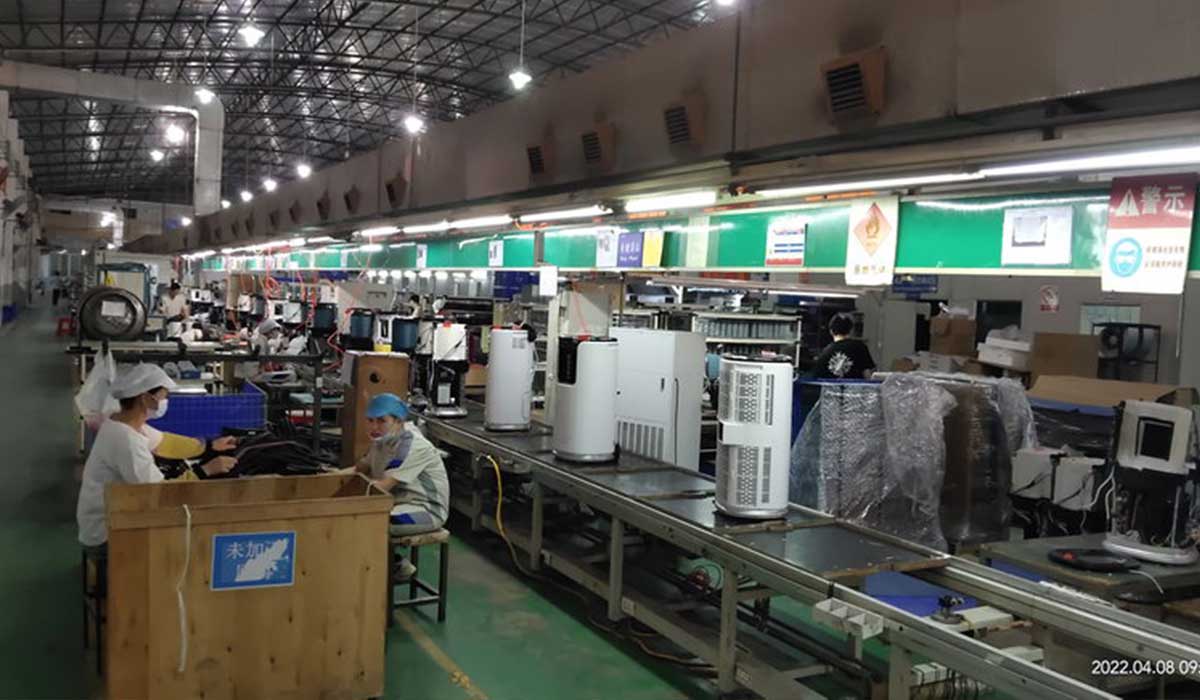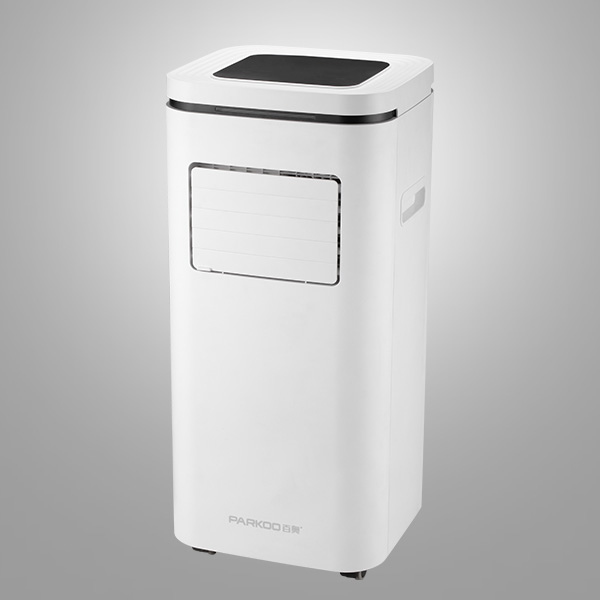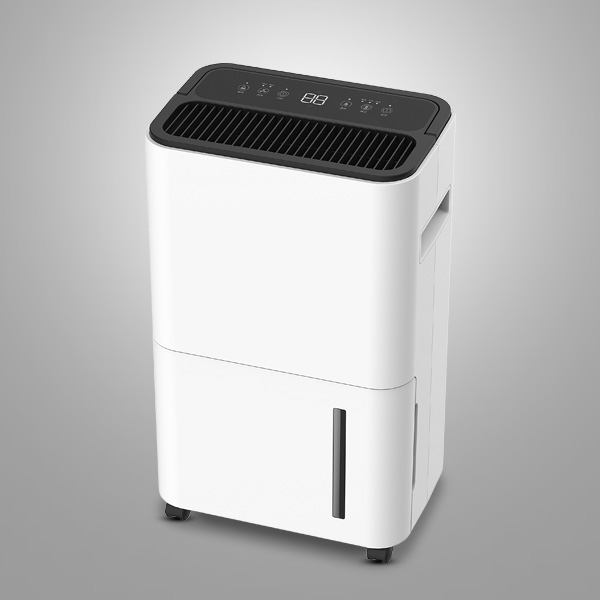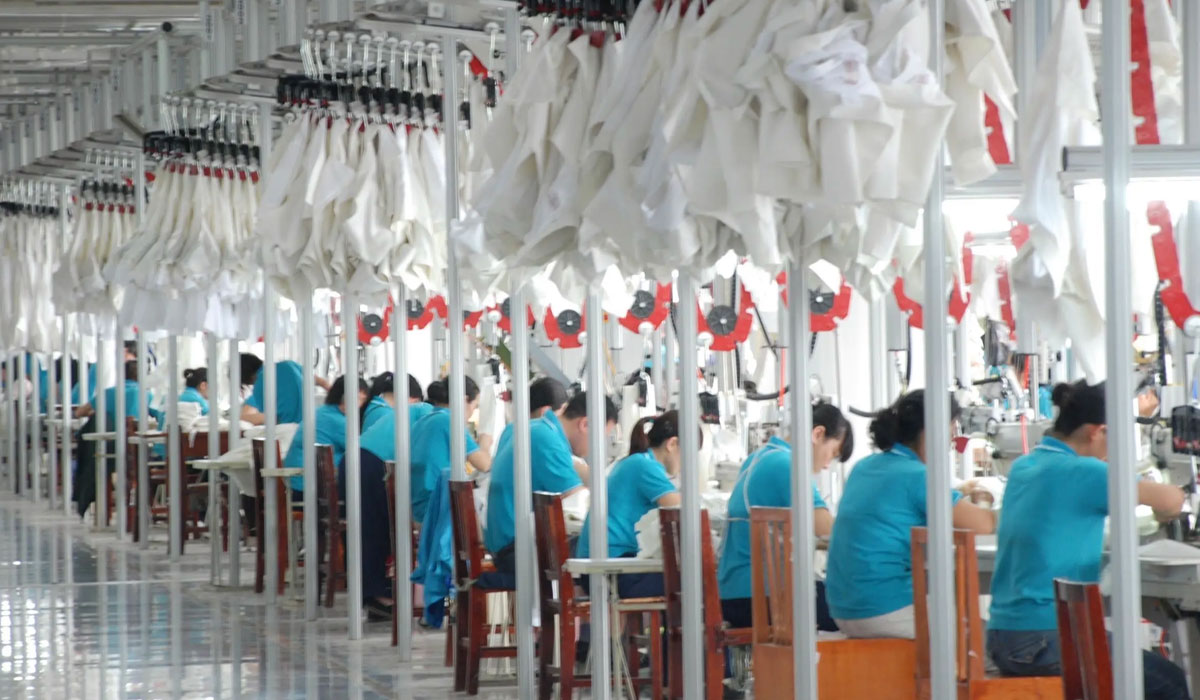The intention of a grain dryer is to store food safely for a long time, so the degree of drying of food depends on the storage condition and the time of storage. If grain is required to be free from mold, insects, and decay during storage, the moisture content of the grain is required to be lower. Based on experience: Brown rice with a moisture content of less than 8% can be stored for one year at temperatures ranging from 0 to 5 ℃. However, at room temperature (20-25 ℃), to preserve for one year, the moisture content must be reduced to 14%. Generally speaking, rice is easier to store than brown rice, and wheat storage requires a lower moisture content. When China buys commodity grains from farmers, it is required to reach a certain safe moisture content in order to store them for a long time. Today, the editor will explain to you the proportion of heat and air volume required for grain dryers Transpirating 1 kilogram of water from a free surface at room temperature requires approximately 580 kilocalories of heat. The transpiration of water from grains is different from that from free water. Generally speaking, the heat required to transpiration 1 kilogram of water from grains is greater than the transpiration heat of free water. The lower the moisture content of grains, the higher the latent heat of vaporization. In addition, the heat required for transpiration of 1 kilogram of water is related to temperature, and the higher the temperature, the less heat required. In general, for every kilogram of water transpiration during the drying process, at least 600 kcal of heat is required. In practical drying machines, considering the thermal efficiency of the hot air stove, the heat loss of the grain dryer, and the heat carried away by the exhaust gas, the heat required for each kilogram of water transpiration is approximately 1000-1500 kcal or more When drying grain, it is necessary to use hot air to transfer heat to the grain, and also to use hot air to carry away the water that evaporates. Therefore, it is necessary to choose a suitable air volume when drying grain. So, how much air volume is needed? It is obvious that when the grain quantity is large, the required air volume to reach the same drying speed is also higher. Generally, it is indicated by the ratio of hot air volume to grain content, abbreviated as the air volume ratio. That is, for a certain amount of grain (100 kilograms or 1 cubic meter), how many cubic meters of hot air need to be blown in per second. The drying experiment of a grain dryer shows that under the same hot air temperature and moisture content conditions, the larger the amount, the faster the drying rate, and the shorter the drying time, but the energy consumption also increases accordingly. If the air volume is too large, not only will it not accelerate the drying rate, but it will also add heat and electricity consumption. Therefore, reasonable selection of air volume is of great significance in grain drying machines. The air volume ratio of a general grain dryer to 100 kilograms of grain is approximately 0.1-0.2 cubic meters per second
The intention of a grain dryer is to store food safely for a long time, so the degree of drying of food depends on the storage condition and the time of storage. If grain is required to be free from m...
Random reading
- What are the effects of moist air on human health-
- Constant temperature and humidity machine in shell m...
- Explosion proof dehumidifier, explosion-proof dehumi...
- Guide for swimming pool Dehumidifier
- Most household appliances are afraid of moisture. PA...
- The First Choice for Preventing Static Electricity i...
- The importance of indoor humidity for health
- The influence of humidity on surface treatment and c...
- Beef dryer, beef jerky dryer dehumidifier
- Dehumidifier project case of underground garage, deh...
- Moisture issues in leather drying
- Why Supermarkets Need Humidifier Misting Systems
- Electric heating dehumidifier, fast electric auxilia...
- How industrial humidifier solves the static electric...
- Why use industrial dehumidifiers for wood drying?
- The impact of humidity on paper during the printing ...
